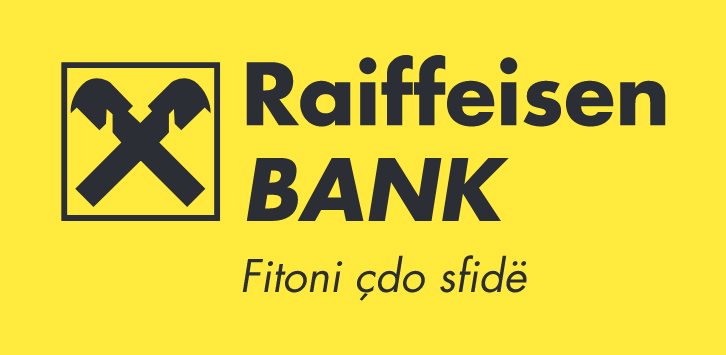ABOUT
2nd INTERNATIONAL CONFERENCE ON INTERFAITH DIALOGUE ICID II
“Transformation of the Society through Interfaith Dialogue”
(2019 - UN International Year of Moderation)Date: December 4, 2019
Venue: Tirana, Hotel Rogner (Antigonea I)
Organizers:
University College Bedër
Catholic University “Our Lady of Good Counsel”
University College Logos
Embassy of Austria
So, given the religious diversity in Albania, the focus of the conference will be the maintenance of social cohesion, tolerance and religious harmony, even in turbulent times, which is recorded in Albanian society. Following this tremendous achievement, a question arises whether the visible religious tolerance in Albania will continue to flourish in a world globalized, which is characterized by increased exchanges and interactions between religions, increasing diversity cultural and new challenges created by religious fundamentalism and terrorism. Another aim of the conference is to examine whether religious tolerance is an Albanian feature or a social and cultural model that can "exported" to other national and cultural contexts. So, our expectation is to provide a place for human and social scientists to express their opinion if this “religious tolerance and coexistence” in Albania is a real fact or a civic myth that cultivated inside the Albanian nation and also to propose how this “Albanian model” of religious tolerance could be an example for other multi-cultural societies.
